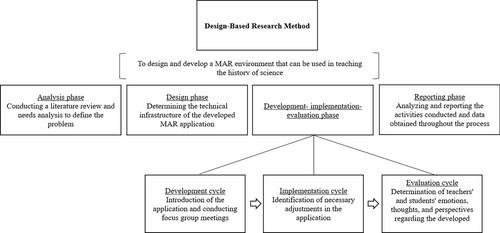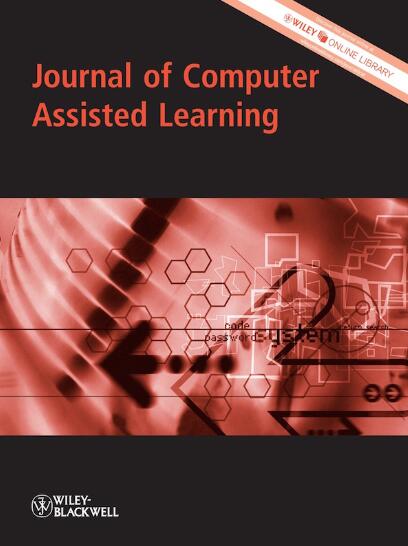Design and development of a mobile augmented reality-based learning environment for teaching the lives of scientists
Abstract
Background
Science history is a discipline that teaches the development of scientific thought and the discoveries of scientists. However, these topics can sometimes be abstract and difficult to understand. The use of technology can make the teaching of the history of science more effective, engaging, and accessible. By providing students with visual and interactive experiences, it allows them to better understand abstract concepts and closely follow the discoveries of scientists. In this way, history of science lessons can become more appealing and conducive to learning for students.
Objectives
This research aims to design and develop a Mobile Augmented Reality (MAR) environment that can be used for teaching science history.
Methods
The research was conducted using a design-based research method consisting of four stages: Analysis, design, development-implementation-evaluation, and reporting. The research involved 10 science teachers and five secondary school students. Data were collected through focus group interviews, individual interviews, notes, audio recordings, and images, and then analysed using content analysis.
Results and Conclusions
As a result of the research, a MAR application named TISAR-3D was developed, which allows students to interactively and visually explore scientists and enrich their learning experience.
Implications
The widespread use of the TISAR-3D application in science history education is recommended, as well as the development of similar MAR applications for other topics.


 求助内容:
求助内容: 应助结果提醒方式:
应助结果提醒方式:


